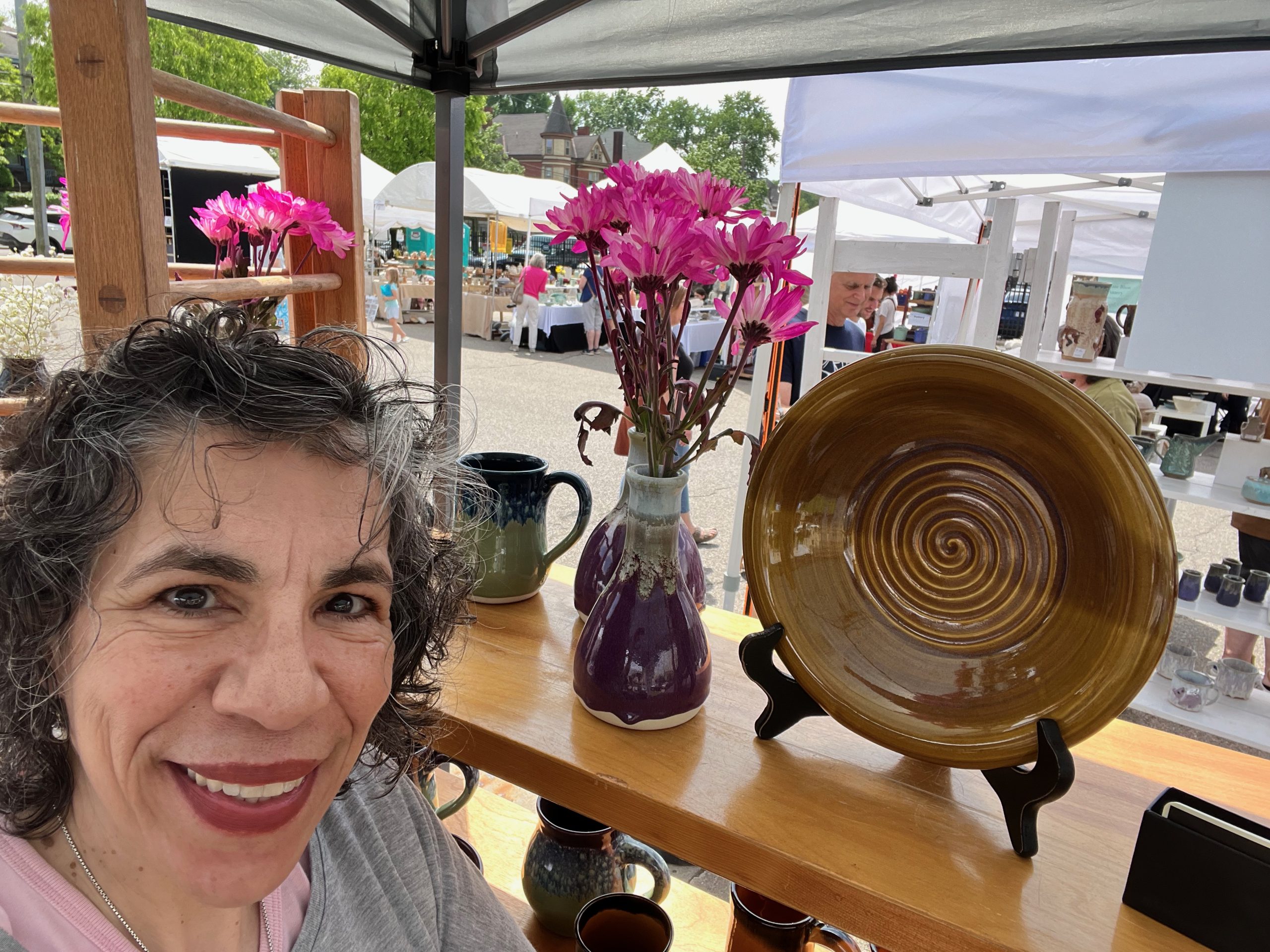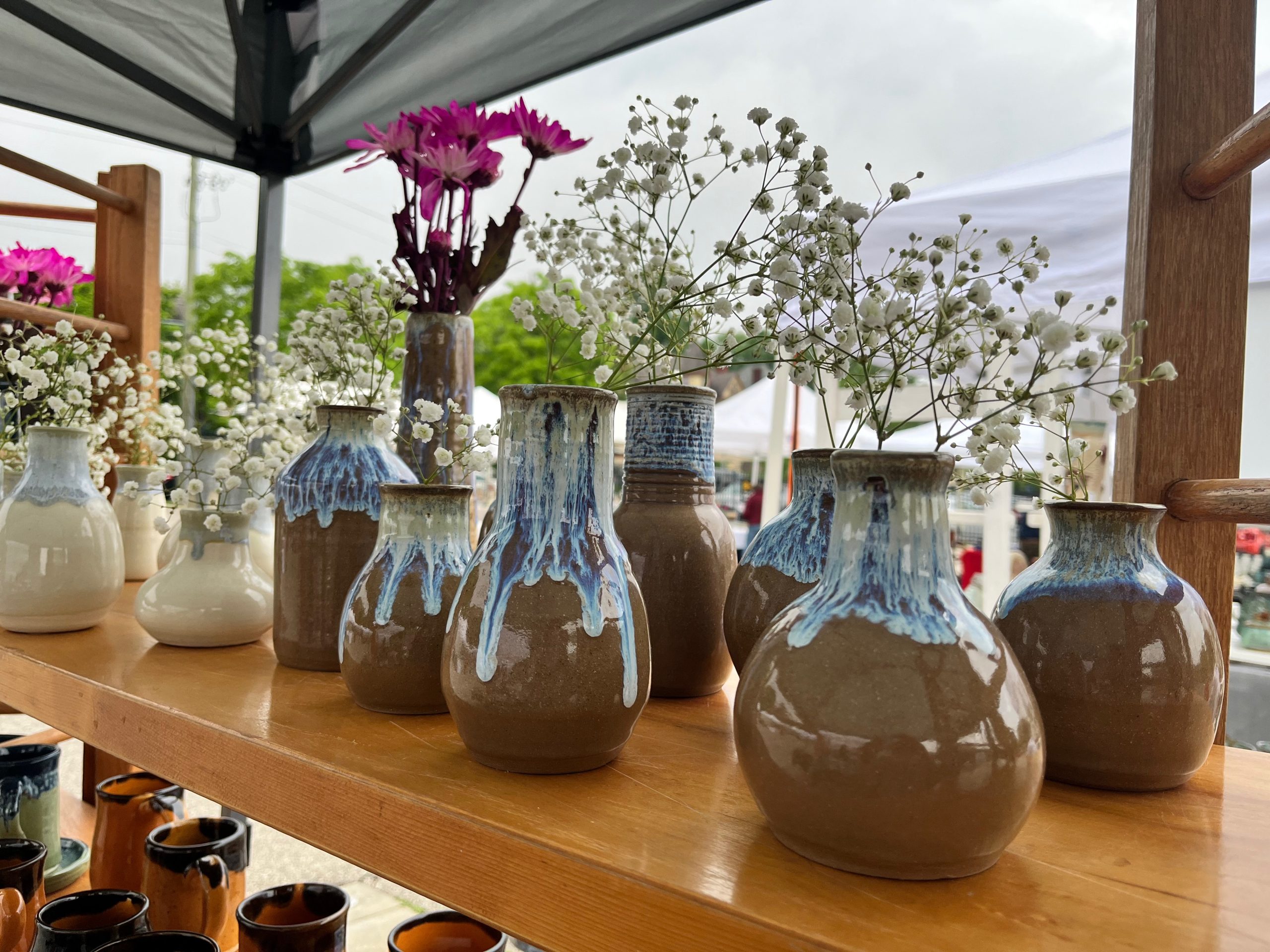Wheel and Keyboard
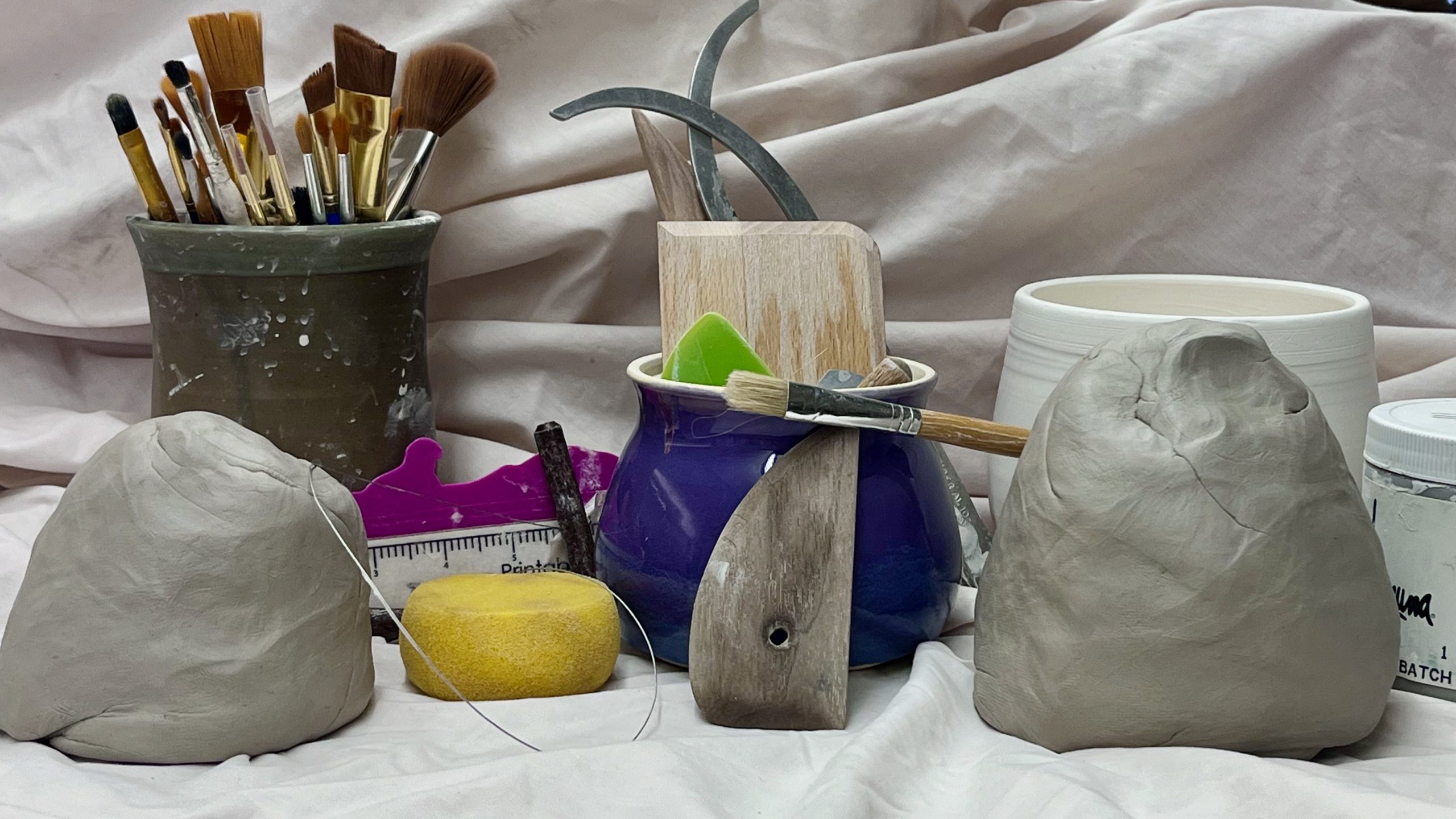
Six months into my expensive new hobby, I finally centered a pound of brown clay on a potter’s wheel and, for the first time, kept it all there to pull a cylinder three inches tall. Not a single bobble, start to finish. I sat up, wiped my hands.
Wow, I thought. This feels familiar.
Gather material on a work surface. Drill a foundation. Make the shape. And no matter the results, I must try again, immediately.
Art is practice.
In 2017, I had a relatively stable and fulfilling job in daily journalism as the health-care reporter at the Cincinnati Enquirer. I lived with my cat at street level in a big Victorian four-plex. A short walk away, a community pottery studio offered six-week classes in wheel-throwing.
I signed up, and at that first class, I opened my 25-pound bag of clay and stuck my nose deep inside for a draft of petrichor. Delight shimmered to the base of my brain.
The spinning pottery wheel, though, laughed at my attempts to push a ball of clay to the center of the disk. The teacher said to practice, and I did because while it was hard, it also was play.
Maybe because it was hard.
In those six weeks, I also landed a scoop for the Enquirer that I’d long chased. I didn’t see a connection.
The class ended, but I couldn’t stop. I rented a storage shelf in the studio and threw at least twice a week. Yet my practice did not make every pot look better than the last. It was more like the last 20 pots were slightly less messed up than the previous 20.
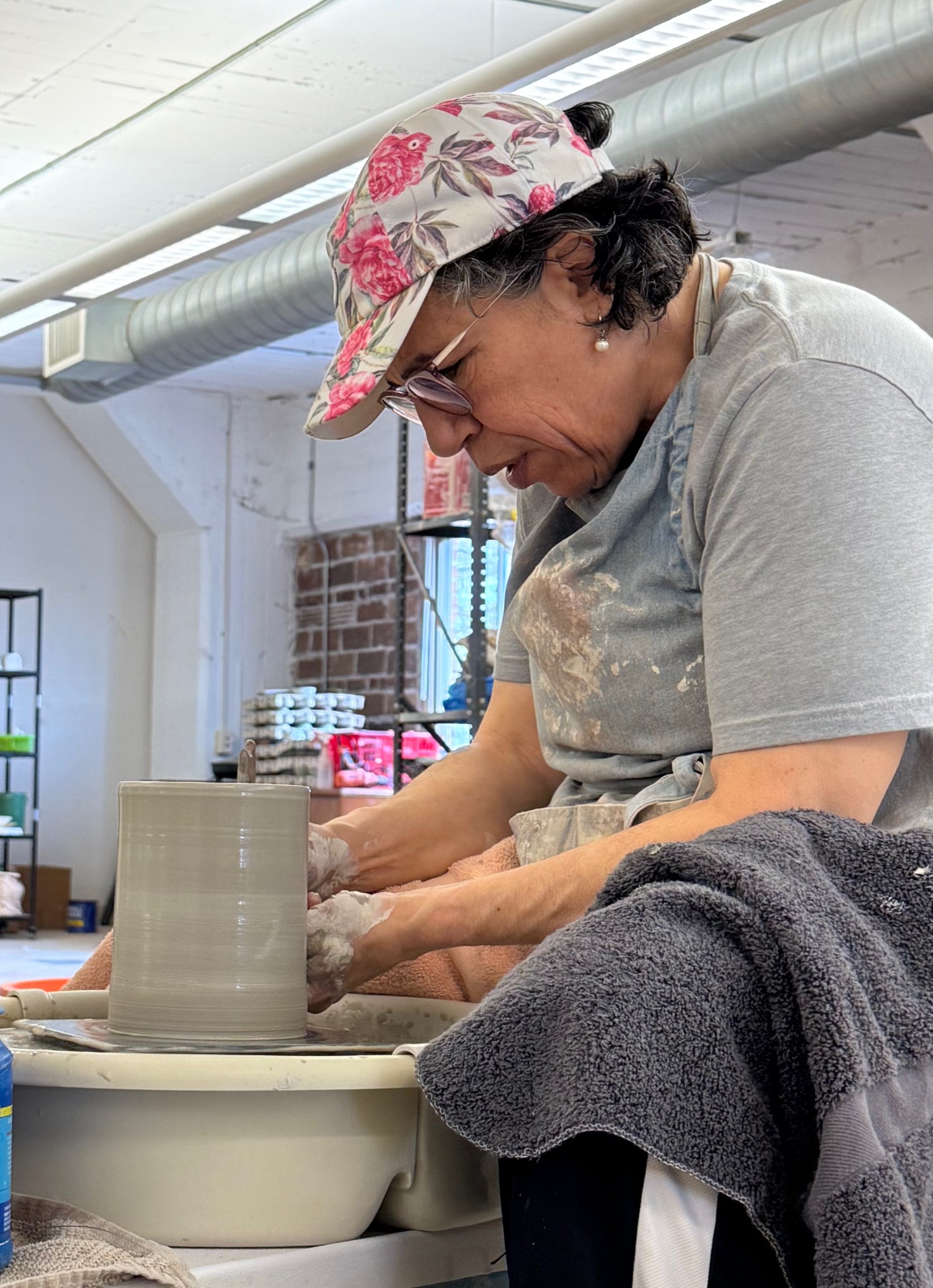
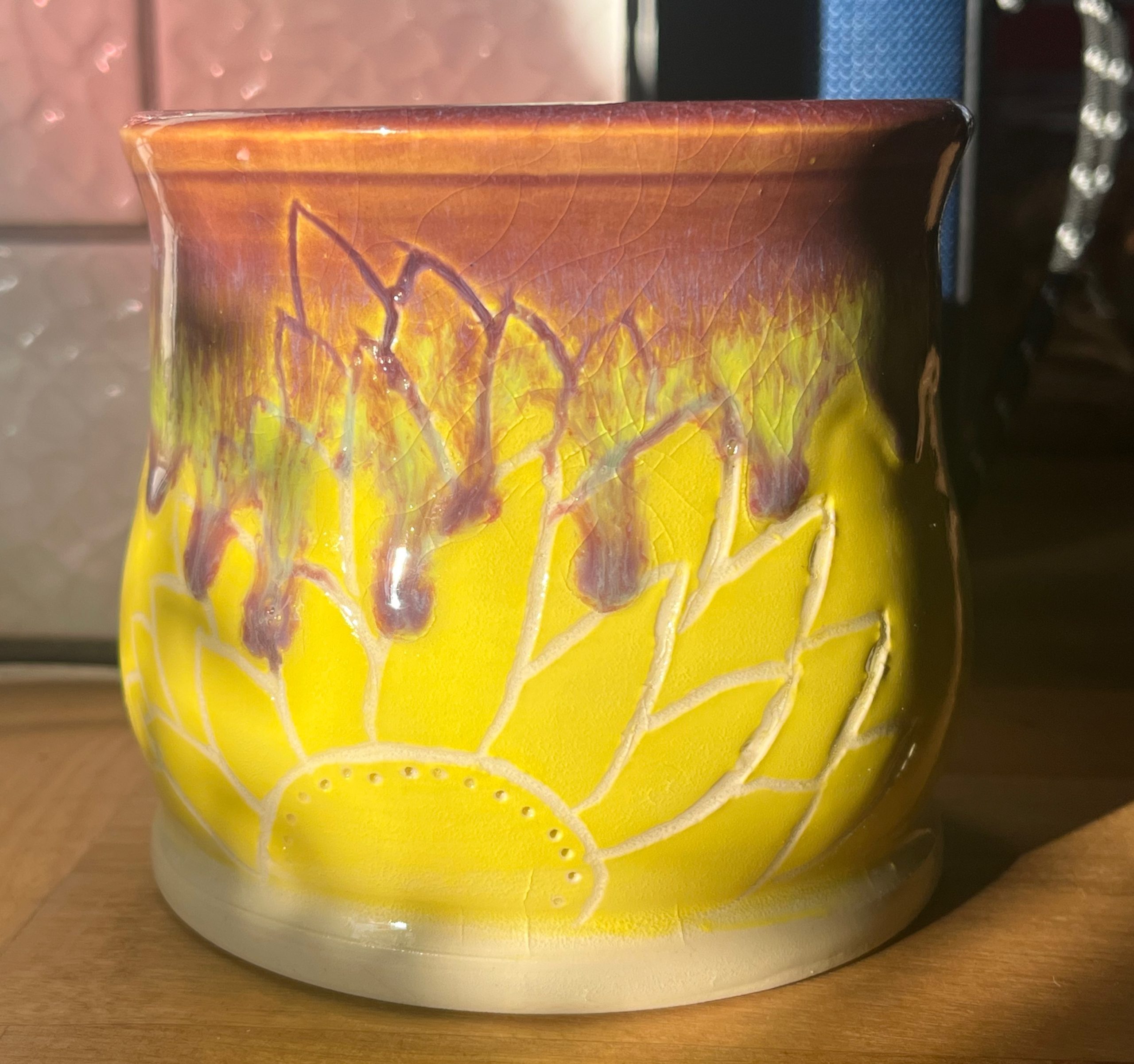 One night, after another dispiriting session at the wheel. I walked home from the studio under a nearly full moon. I sat on my front porch for a hard talk. Maybe pottery wasn’t the expensive hobby for me after all.
One night, after another dispiriting session at the wheel. I walked home from the studio under a nearly full moon. I sat on my front porch for a hard talk. Maybe pottery wasn’t the expensive hobby for me after all.
In the moonlight, I brushed from my jeans the dust of clay. C’mon. Didn’t learn to write in six months; it’s a lifelong discipline. Go try once more.
And the next time, I centered, drilled, opened and threw a shape in one fluid movement as my brain sizzled with the same electricity as when the writing goes well.
We all are wired this way. It’s stunning how quickly the brain evolved for creativity, which tells me that art is vital for survival. Brain research suggests that assignment of “right” as logical and “left” as artistic only describes so much. Two-dimensional art influences mathematics. Music inspires physicists. Hieroglyphics and other symbols stimulated the rise of language.
The more I saw this connection in me, the more I looked for it. And then came the Neil Armstrong story.
In 2019, someone mailed to me at the Enquirer a manila envelope fat with documents that told a shocking story: a $6 million wrongful-death settlement paid to Armstrong’s two sons. The first man to walk on the moon died at 82 in a hospital outside Cincinnati from complications after heart bypass surgery. But the sons leveraged their father’s unique place in history for the settlement and the hospital’s written pledge to do better.
My story landed on USA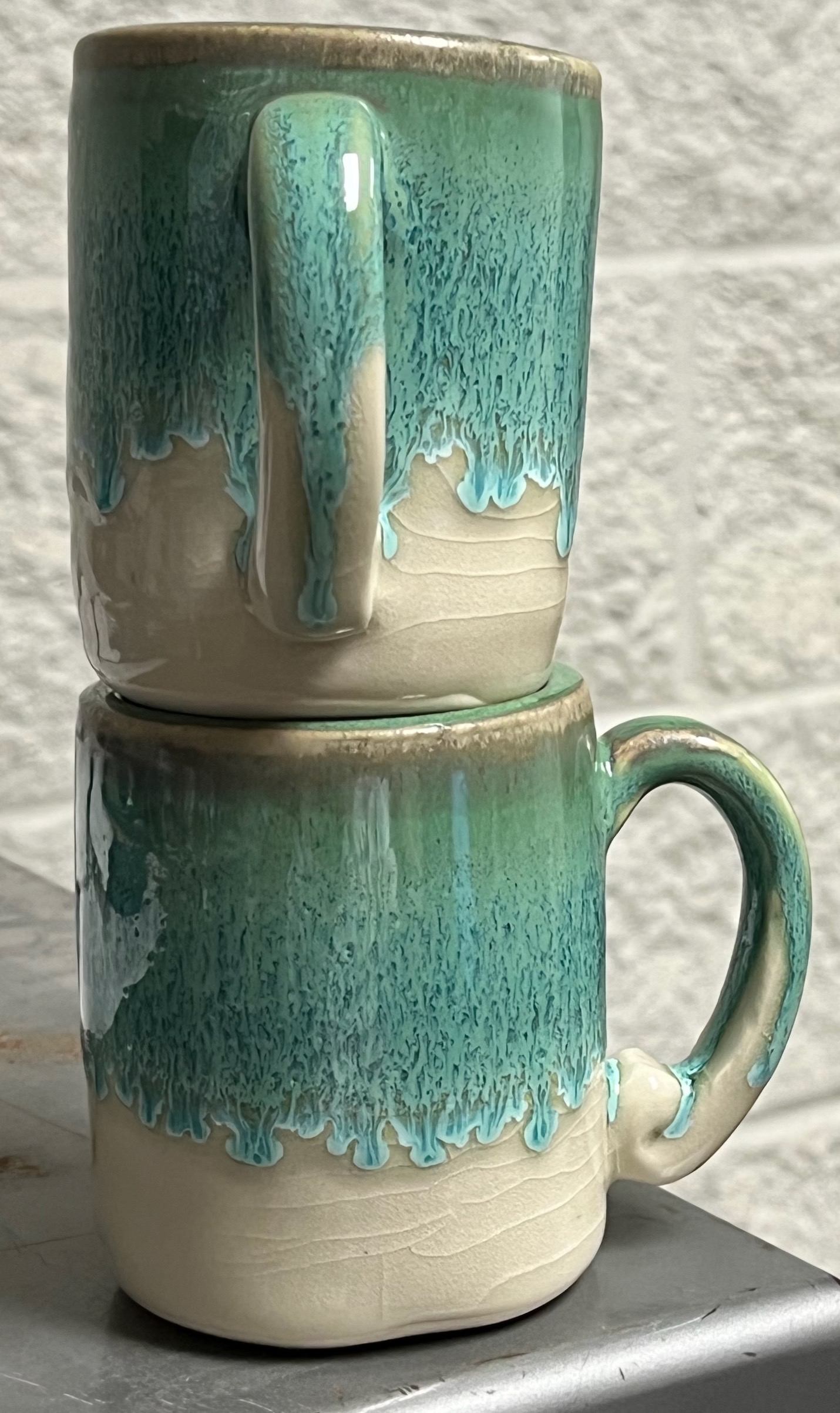 TODAY’s website and in 24 hours pulled in 2 million readers.
TODAY’s website and in 24 hours pulled in 2 million readers.
A few days later, still high from that journalism success, I bounced into the pottery studio and sat at the wheel with a thrilling crossover joy, the zest of mastery, A few times, I had to think, wait, what am I doing? Throwing? Writing? Hands with the wheel or fingers on a keyboard, same thing.
A year later, I covered the coronavirus pandemic from my kitchen table, deeply depressed at the death and chaos everywhere. The lone mercy was that my pottery studio stayed open as an essential provider of clay and other raw materials. In my hours at the wheel, I thought about my path, out of journalism. It was past time.
I wanted now to align my writing with my pottery, to build a whole practice, to detach from the outcome and focus on the action minus the background radiation of others’ needs/wants/deadlines.
And Neil Armstrong kept coming back to me. I was 10 on July 20, 1969, and all my life, I followed his. This demigod died in the same way as thousands of other heart-diseased Americans, from complications after bypass surgery. That didn’t seem right to me. But then again, why not? That was the elusive nut of the deeper story.
With a part-time job at the studio, Social Security and frugal living, I left 40 years of journalism to put a bet on myself. Two hours writing every morning, I pushed to center something, to drill its foundation, to make a shape, but I scrapped it over and over.
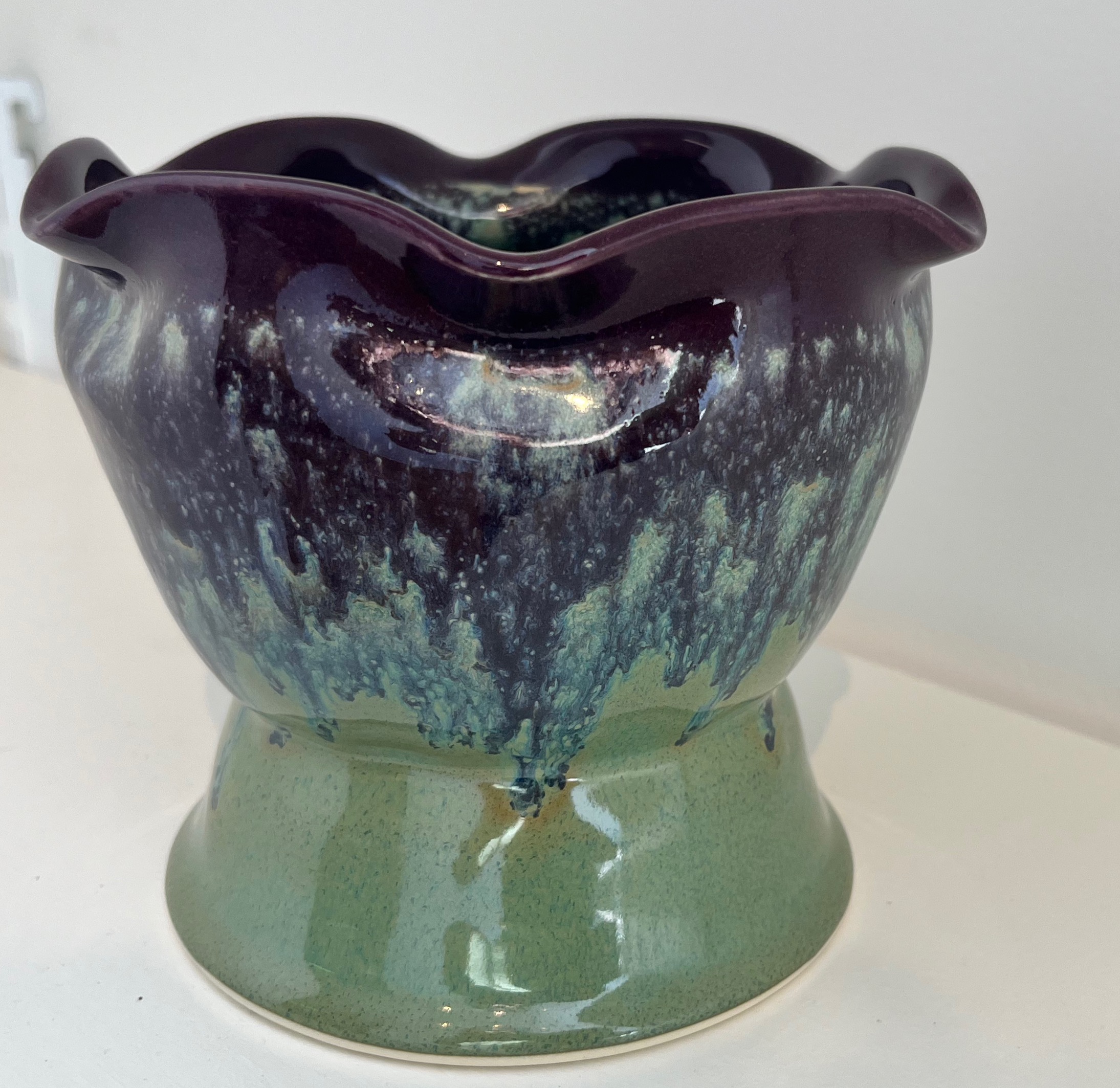 One day, I drove past the hospital where Neil Armstrong died. The place was bigger than I remembered. What room had he been in? What was it like, having him there?
One day, I drove past the hospital where Neil Armstrong died. The place was bigger than I remembered. What room had he been in? What was it like, having him there?
Later, at the wheel, I thought: A demigod can go anywhere for surgery, Mayo Clinic, Cleveland Clinic. What was he doing there?
I scooped water onto my clay. Who took care of him? Who was his nurse?
Did she know who he was?
Seriously, did she know who he was?
And did that matter to her?
I bent over my clay. From my heart, she spoke.
Yes.
I stopped the wheel.
I knew. It was everything.
I cleaned up, raced home, put my fingers on the laptop keyboard, art is practice, and listened as the nurse told me her story.
